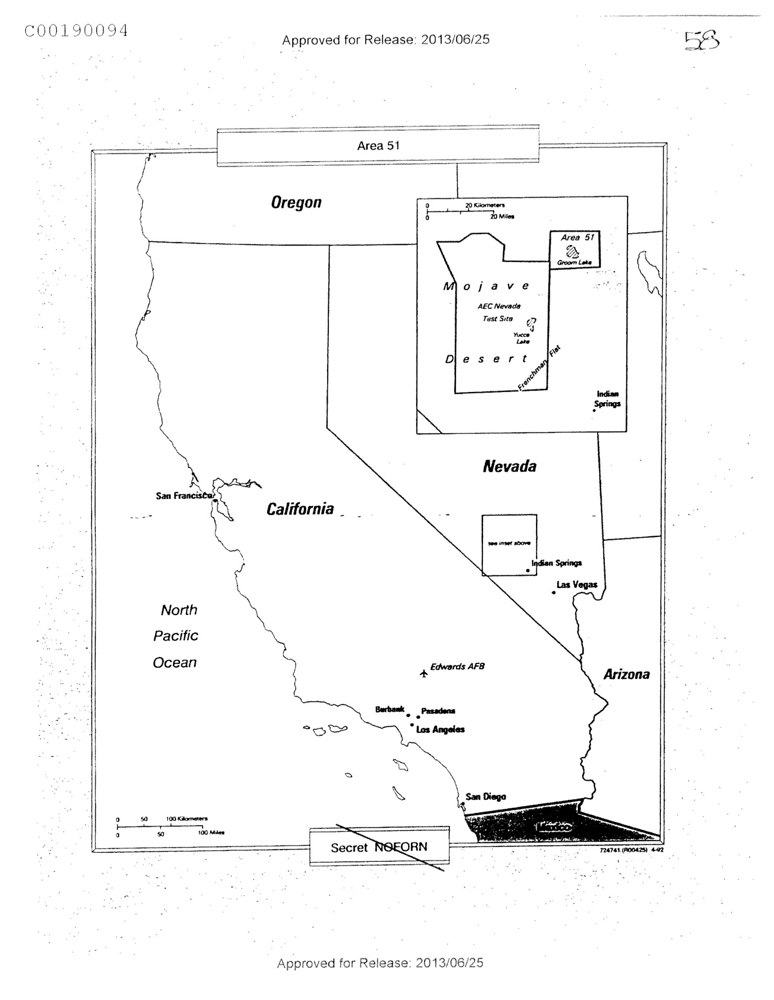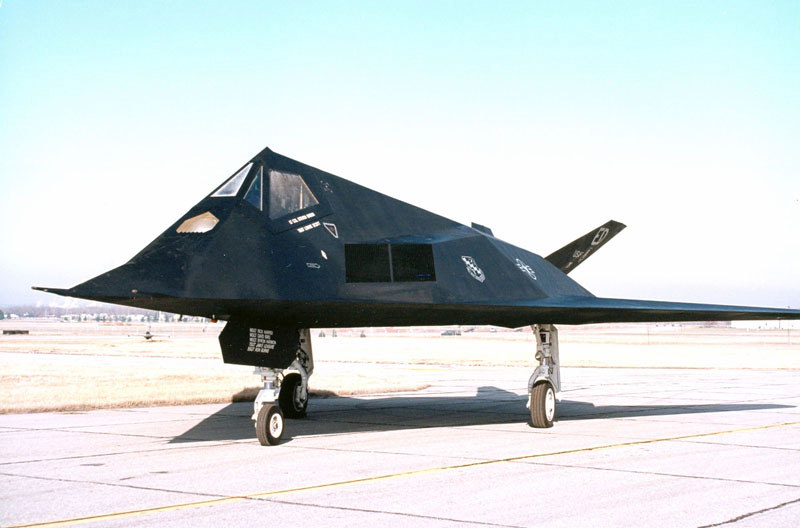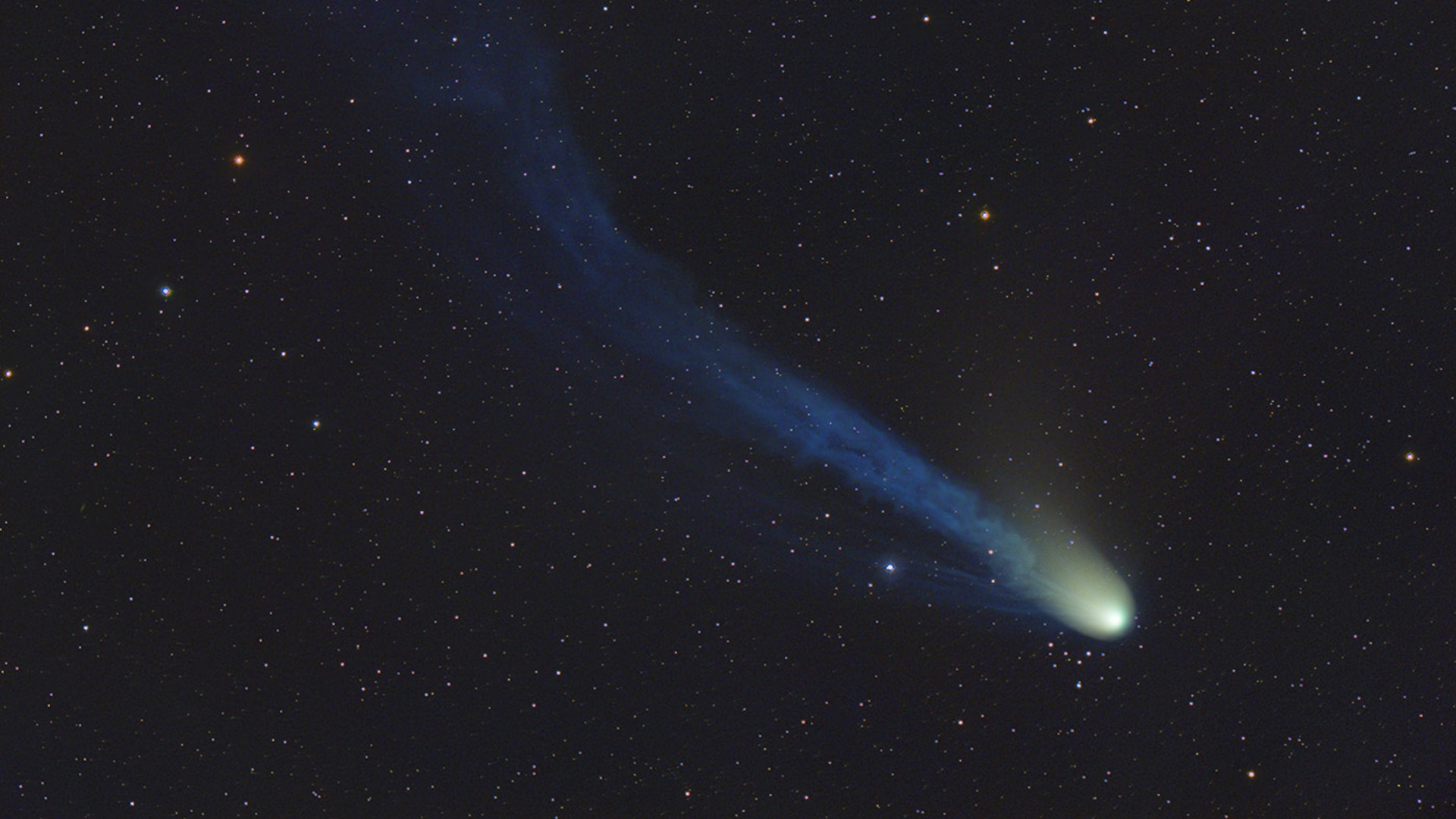
Area 51 Declassified: Documents Reveal Cold War 'Hide-and-Seek'

Newly declassified documents reveal more detail about past use of the mysterious Nevada test site known as Area 51 and the concern for maintaining secrecy about the work done at the facility.
The recently released papers, which date mostly from the early 1960s into the 1970s, spotlight the U.S. government's desire for tight security at Area 51, also known as Groom Lake. The area was photographed with American reconnaissance assets to better assess what the Soviet Union's spy satellites might be able to discern.
The documents also detail the debate over the possible release of a photograph "inadvertently" taken of the secret facility by NASA astronauts aboard the Skylab space station in 1974. [Flying Saucers to Mind Control: 7 Declassified Military & CIA Secrets]
Stealthy work
More than 60 declassified documents in an Area 51 file were posted on the Internet by the National Security Archive late last month, compiled and edited by archive senior fellow Jeffrey Richelson. The archive is located at The George Washington University in Washington, D.C.
Those of you hoping for information about captured aliens and flying saucers will be disappointed.
A number of documents focus on the quest to develop stealth capability in aircraft. Others report on another type of activity at Area 51 — the exploitation of covertly acquired Soviet MiG fighter jets.
Breaking space news, the latest updates on rocket launches, skywatching events and more!
American engineers assessed the design, performance and limitations of MiGs in an attempt to learn their vulnerabilities — knowledge that could come in handy during combat situations.
Spysat overflights
An April 1962 document sourced to the National Reconnaissance Office (NRO) outlines the rationale for photographing Area 51 by either a high-flying U-2 spy plane or a then-classified CORONA reconnaissance satellite. The idea was viewed as a means of seeing what the Soviet Union might learn from its own satellite images of the facility.
This would provide "a pretty fair idea of what deductions and conclusions could be made by the Soviets should Sputnik 13 have a reconnaissance capability," explains the memorandum, which was marked "secret." [Gallery: Declassified US Spy Satellite Photos & Designs]
Also part of the plan, the memo states, was having a U-2 image Area 51: "Without advising the photographic interpreters of what the target is, ask them to determine what type of activity is being conducted at the site photographed," the memo states.
Skylab image

Also of interest is another document, dated April 11, 1974, from the deputy director of the NRO to the chairman of the director of central intelligence's Committee on Imagery Requirements and Exploitation. This memorandum discusses what to do about a photograph taken by Skylab astronauts of Area 51, outlining the issues to be considered in deciding whether or not to release the photograph.
The two-page document, marked "Top Secret," mentions a draft decision paper that focuses on the "relative merits of retaining [deleted in document] as a high-priority secret national security installation versus the merits of the NASA belief that there would be domestic and foreign problems created by withholding the photograph."
The April 1974 memo also says that the Skylab photograph "in the public domain would almost certainly provide strong stimulus for media questioning and the potential near-term revelation of the missions of the installation."
Unclassified platform

A follow-up memorandum from April 19, 1974, marked "Confidential" for then-Director of Central Intelligence William Colby, explains that the recent Skylab mission "inadvertently photographed" Area 51, and that there were "specific instructions not to do this."
The memo also reports that the Skylab photo is the subject of an interagency review and that Department of Defense officials believed it should be withheld from public release.
At the time, NASA — and, to a large extent, the State Department — took the position that the image should be released. It would be allowed to go into a repository in Sioux Falls, S.D., that contained satellite remote sensing data of the Earth's land surface and "let nature take its course," the memo states.
Complex issues

The April 19 memo explains that there are some complicated precedents that should be reviewed before a final decision could be made about the Skylab image. For example, there was a question of whether anything photographed in the U.S. can be classified if the platform from which the image was taken, such as NASA's Skylab, is unclassified.
In addition, the April 19 memo notes that there are some complex issues in the United Nations concerning U.S. policies about imagery from space. Further, the document raises the question of whether or not the photo would be leaked anyway, even if it were withheld.
The memo also carries handwritten responses by the CIA's Colby.
Colby expressed some doubts about the need to protect the image, since the Soviet Union had it from their satellites anyway. He further asked, "If exposed, don't we just say classified USAF [U.S. Air Force] work is done there?"
Hide and seek

Dwayne Day, an American space historian, policy analyst and author, has previously written on Area 51, as well as the 1974 Skylab image flap.
It turns out that the Skylab shot of Area 51 was placed in NASA's collection of Skylab photographs, Day said, but nobody had noticed. So, in the end, NASA won its argument with the intelligence community over the image, he said.
As for playing Cold War hide-and-seek at Area 51 with the Soviet Union, Day said the Soviets had spy satellitesand that they could certainly see the airfield.
"But, of course, the CIA knew the flight paths of Soviet satellites, and they would avoid having their aircraft in the open when satellites were overhead," Day told SPACE.com. "The best form of concealment is a big hangar where you can park all your planes."
Day said that there has been at least one report of an effort at Groom Lake to create a fake heat signature for orbiting satellites to see.
"I have my doubts about that," Day said. "The timing is wrong — too early for anybody to expect the Soviet Union to be capable of that kind of infrared observation."
Day said he's also wondered about a photograph taken at Area 51 showing a line of A-12 OXCART spy planes, probably from 1964. OXCART was the label given to the CIA's A-12 program, meant to come after the U-2 to perform reconnaissance flights over the Soviet Union.
"The Soviets did not always have reconnaissance satellites in orbit," Day said, "so did the CIA line these planes up for a beauty shot when they knew that they were safe from observation? Or, did they simply not care?"
To dive into the Area 51 files, go to the National Security Archive's website: http://www.gwu.edu/~nsarchiv/NSAEBB/NSAEBB443/
Leonard David has been reporting on the space industry for more than five decades. He is former director of research for the National Commission on Space and co-author of Buzz Aldrin's new book, "Mission to Mars – My Vision for Space Exploration," published by National Geographic. Follow us @Spacedotcom, Facebook or Google+. Originally published on SPACE.com.
Join our Space Forums to keep talking space on the latest missions, night sky and more! And if you have a news tip, correction or comment, let us know at: community@space.com.

Leonard David is an award-winning space journalist who has been reporting on space activities for more than 50 years. Currently writing as Space.com's Space Insider Columnist among his other projects, Leonard has authored numerous books on space exploration, Mars missions and more, with his latest being "Moon Rush: The New Space Race" published in 2019 by National Geographic. He also wrote "Mars: Our Future on the Red Planet" released in 2016 by National Geographic. Leonard has served as a correspondent for SpaceNews, Scientific American and Aerospace America for the AIAA. He has received many awards, including the first Ordway Award for Sustained Excellence in Spaceflight History in 2015 at the AAS Wernher von Braun Memorial Symposium. You can find out Leonard's latest project at his website and on Twitter.
